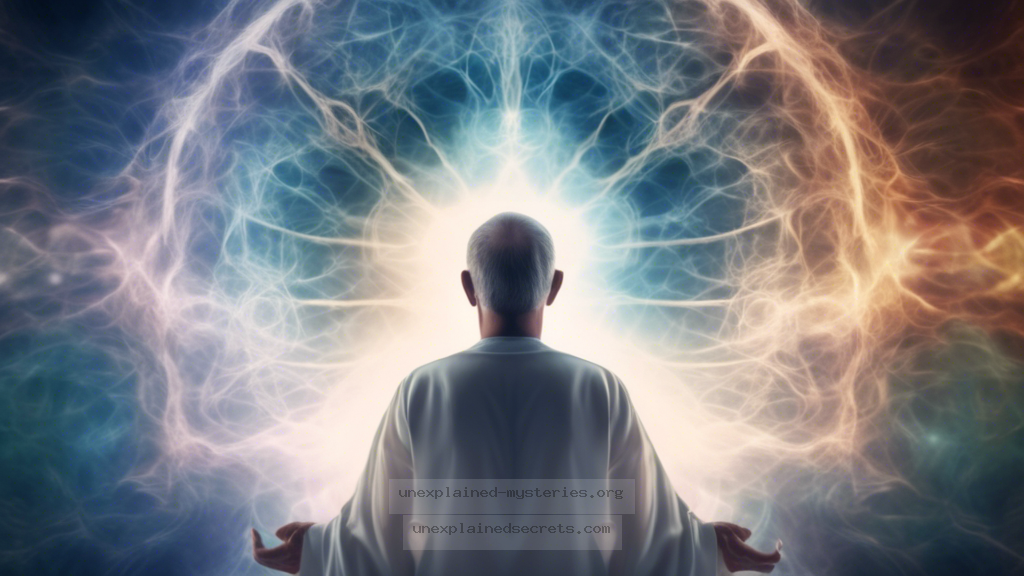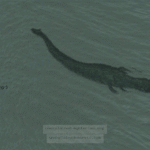What Do Consistent Near-Death Experience Reports Reveal About Consciousness After Clinical Death?
What Do Consistent Near-Death Experience Reports Reveal About Consciousness After Clinical Death?
The phenomenon of Near-Death Experiences (NDEs) raises profound questions about the nature of consciousness and what happens after we die. As individuals report similar experiences during moments of clinical death, it sparks curiosity and inquiry into the essence of human existence and consciousness. With an increasing number of documented cases, understanding these experiences can provide insights not only into the mysteries of life and death but also into the spiritual dimensions of human experience. This post delves into the compelling nature of NDEs and their implications for our understanding of consciousness beyond clinical death.
Historical Context of Near-Death Experiences
The concept of NDEs is not a modern phenomenon; it has been documented throughout history across various cultures and religions. Ancient texts from the Egyptian Book of the Dead to accounts in Hindu scriptures reflect beliefs surrounding death and the afterlife. In the 20th century, Dr. Raymond Moody’s book “Life After Life” (1975) popularized the term “near-death experience” and laid the groundwork for scientific inquiry into this phenomenon. Moody’s work compiled numerous accounts, establishing common themes such as the sensation of floating, moving through a tunnel, encountering beings of light, and experiencing life reviews.
Since then, a growing body of research has focused on these experiences, with various researchers, including Dr. Bruce Greyson and Dr. Pim van Lommel, conducting extensive studies to categorize and understand NDEs. Historical accounts offer a rich tapestry of insights, demonstrating that the quest for understanding what occurs after death is a universal human pursuit.
Core Concepts of Near-Death Experiences
While NDEs vary among individuals, several core components consistently emerge across different accounts. These include:
- Feelings of peace and detachment from the physical body
- Experiencing a bright light or a tunnel
- Encounters with deceased loved ones or spiritual beings
- Life review, where individuals perceive significant events from their lives
- Return to the body, often accompanied by a reluctance to leave the peaceful experience
These shared characteristics suggest that NDEs may not be mere hallucinations but rather profound experiences that challenge our understanding of consciousness. The consistency across various reports raises questions about the nature of reality and consciousness itself, as well as the potential for existence beyond physical death.
Scientific Evidence and Practical Implications
Scientific investigations into NDEs have revealed intriguing findings, prompting researchers to explore the implications of consciousness beyond clinical death. Studies conducted by the University of Virginia, for example, have documented cases where individuals report accurate details about events that occurred during their clinical death, suggesting an awareness separate from the brain’s activity.
- Approximately 10-20% of people who have been revived from clinical death report NDEs.
- Many report increased spiritual awareness and a shift in life priorities post-experience.
- Some NDEs include verifiable experiences that individuals should not have been able to perceive.
Such findings have practical implications for how we approach end-of-life care, mental health, and the understanding of consciousness. This research encourages a shift towards a more holistic view of human existence, integrating scientific inquiry with spiritual considerations.
Alternative Perspectives on NDEs
While many proponents of NDE research argue for the spiritual significance of these experiences, skeptics often attribute them to physiological or psychological phenomena. Some common alternative explanations include:
- Physiological Responses: Critics suggest that NDEs can result from brain activity during trauma, such as oxygen deprivation or chemical reactions in the brain.
- Cultural Influences: Skeptics argue that NDEs are shaped by cultural beliefs, meaning individuals may interpret their experiences through the lens of their upbringing and worldview.
- Psychological States: Some propose that NDEs may reflect the brain’s coping mechanisms in the face of death, a form of psychological defense.
These alternative perspectives highlight the complexity of human consciousness and the need for continued exploration in this field. The challenge lies in reconciling spiritual interpretations with scientific evidence, as both perspectives offer valuable insights into the mystery of consciousness.
Common Misconceptions About NDEs
Understanding NDEs requires dispelling several misconceptions that often cloud discussions surrounding the topic. Some prevalent myths include:
- All NDEs are identical: While many experiences share common features, each NDE is unique and influenced by the individual’s personal beliefs and circumstances.
- NDEs are proof of an afterlife: While many interpret NDEs as evidence of life after death, others caution against drawing definitive conclusions without further research.
- Only religious individuals have NDEs: People from diverse backgrounds and belief systems report NDEs, suggesting that these experiences transcend specific religious contexts.
Addressing these misconceptions is crucial for fostering open and informed discussions about NDEs and their implications for our understanding of consciousness and spirituality.
Best Practices for Investigating Near-Death Experiences
For those interested in investigating NDEs, several best practices can enhance the quality and depth of research:
- Conduct qualitative interviews: Engaging with individuals who have experienced NDEs can provide nuanced insights and personal narratives that quantitative studies may overlook.
- Utilize interdisciplinary approaches: Integrating perspectives from neuroscience, psychology, and spiritual studies can lead to a more comprehensive understanding of NDEs.
- Encourage open-mindedness: Researchers should remain open to various interpretations of NDEs, allowing space for both scientific and spiritual perspectives.
- Document and analyze patterns: Categorizing experiences can help identify commonalities and variations, contributing to a broader understanding of NDEs.
By adhering to these best practices, researchers can contribute valuable insights to the ongoing exploration of consciousness and NDEs.
Future Developments and Ongoing Research
The study of NDEs is evolving, with ongoing research prompting exciting developments. Current studies focus on understanding the neurological basis of NDEs while exploring their implications for consciousness and spirituality. Notable areas of research include:
- Neuroscientific Investigations: Researchers are using advanced imaging techniques to study brain activity during clinical death, aiming to uncover what happens to consciousness in these moments.
- Longitudinal Studies: Tracking individuals who have reported NDEs over time can reveal long-term psychological and spiritual transformations.
- Cross-Cultural Comparisons: Comparing NDEs across different cultures can illuminate how cultural beliefs shape the interpretation of these experiences.
As research progresses, we may gain deeper insights into the nature of consciousness, the human experience of dying, and the potential for existence beyond death.
Conclusion
The consistent reports of Near-Death Experiences present a fascinating intersection of science, spirituality, and human consciousness. While these experiences can be interpreted through various lenses—scientific, psychological, and spiritual—they collectively challenge our understanding of life, death, and what may lie beyond. As research continues to evolve, it is essential to remain open to the myriad of interpretations and insights these experiences offer. By embracing both scientific inquiry and spiritual exploration, we can deepen our understanding of one of humanity’s most profound mysteries: the nature of consciousness after clinical death.
Other Articles
Recent Posts
- What Happened to Flight MH370? The Conspiracy Theories That Still Haunt Us
- What Secrets Lurk Within the Walls of the Infamous Trans-Allegheny Lunatic Asylum?
- What Evidence Supports the Existence of Bigfoot in the Pacific Northwest?
- What Happened to the Indus Valley Civilization? Unraveling the Mysteries of Ancient Urban Life
- Can Telepathy Be Scientifically Proven Through Laboratory Evidence?







